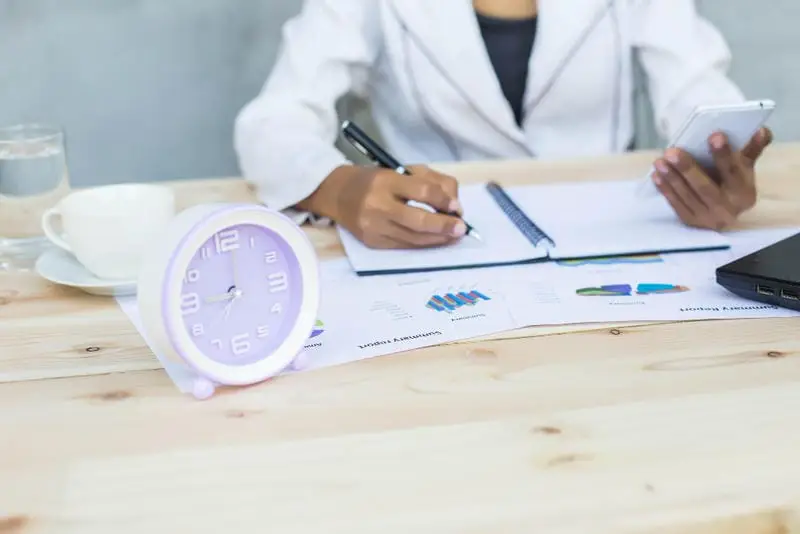- Published on: Apr 20, 2020
- 3 minute read
- By: Dr Rajan Choudhary
COVID-19 MYTHBUSTER
MYTHBUSTER
There are many rumours, theories and suggestions that are being spread on Facebook, WhatsApp and social media. Most of these have no truth to them, do not work as treatment, or can be dangerous to your health. They use language that makes them sound scientific, and usually claim to come from a reputable institute, medical journal or doctor. Many people will automatically trust this, without questioning whether the legitimacy of the advice given. We have covered the dangers of these social media posts in our blog: https://www.secondmedic.com/blogs/the-dangers-of-social-media-blind-forwards secondmedic blog
Here we will go over some common myths about COVID-19 and Coronavirus that you will encounter. If you have come across any new myths or theories, or you want to check something you have read or been sent, email us at info@secondmedic.com
5G mobile networks DO NOT spread COVID-19
This is a myth that has been spreading recently, claiming that the new 5G towers being erected are spreading COVID-19. This is not true and there is no scientific evidence to support this.
Coronavirus spreads on small droplets that are coughed up by infected people. It is possible to prove this by looking at these droplets under an electron microscope. 5G networks use radio waves to operate, similar to 4G networks and other mobile network technologies. Radio waves cannot carry or transmit viral particles.
Another theory is that 5G radio waves cause damage to the human body. Radio waves have very little energy and pass through the human body without causing any harm. They have less energy than sunlight, and we are exposed to sunlight daily without harm.
People are claiming that 5G and coronavirus arrived at the same time, and so must be connected. Simply linking two things together does not mean one causes another. 5G technology does not exist in many countries with COVID-19, and yet some of these countries have been hit harder than well developed countries.
Destroying masts because of this conspiracy theory is harmful, as these masts carry mobile network signals that allow people to phone in emergencies, and for emergency responders to communicate with hospitals, fire stations and the police. Destroying these masts can cause serious harm to others.
Coronavirus WAS NOT developed in a laboratory as a weapon by China/Russia/US
Multiple reputable labs and universities across the world have analysed the coronavirus responsible for COVID-19, and have determined there is no evidence it was produced by humans. It is very similar to pre-existing coronaviruses that have caused the SARS and MERS pandemics. Conspiracy theories such as these are being used to shift the blame to others and gain political points in the news, rather than focus on what is important – preventing the spread of the virus and treating those that are ill.
Holding your breath for 10 seconds or more without coughing DOES NOT prove you are free of COVID-19
One popular test that has spread on WhatsApp states you can see whether you have COVID-19 with one simple test. If you can hold your breath for more than 10 seconds without coughing or feeling any discomfort, you do not have COVID-19 and are safe. It says that COVID-19 causes fibrosis in your lungs and this can stop you from holding your breath. There is no evidence supporting this theory.
Many people who have had COVID-19 can hold their breath for 10 seconds, and many people who are virus free are unable to hold their breath. The only way to determine if you have had the virus is through a nose or throat swab to check for the virus. If you have symptoms of COVID-19 (fever, dry cough, feeling tired, shortness of breath), you should assume you have the virus and isolate yourself.
Drinking alcohol DOES NOT protect you against COVID-19
Alcohol is a disinfectant. Washing your hands with alcohol based hand gels can destroy the bacteria. However drinking alcohol is not the same. When you drink alcohol it is processed by your body to release energy, and it loses its disinfectant properties. Drinking too much alcohol can cause alcohol poisoning and damage your liver.
Hundreds of people have died as a result of drinking methanol, a dangerous form of alcohol.
Spraying alcohol over your body will kill any virus that is on your skin. But you should only use alcohol based hand gels, as they have the right amount of alcohol that does not harm your skin. Alcohol based gels will not cure COVID, as the virus causing the symptoms is in your lungs, not your skin.
Drinking bleach DOES NOT protect you against COVID-19. IT CAN KILL YOU
Just like alcohol, disinfectants and bleach can kill the virus if sprayed onto a surface that has the virus. But drinking them is highly dangerous and can be lethal. If ingested bleach will destroy your stomach just like it destroys the virus, and it will continue to destroy your body depending on how much is ingested.
DO NOT DRINK BLEACH.
Similarly do not spray disinfectant or bleach on your skin. It is highly irritating and can cause a lot of damage, especially if it gets in your eyes, nose or mouth.
Dr Rajan Choudhary, UK, Chief Product Officer, Second Medic Inc
www.secondmedic.com
Our Services
Request A Callback
Recent Posts
TB disease symptoms
Dec 26,2025
early signs of hormonal imbalance
Dec 26,2025
common nutritional deficiencies in adults
Dec 26,2025
how air pollution impacts respiratory health
Dec 26,2025









